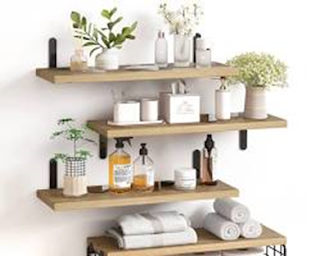Climb High and Prosper: Providing Adequate Support for Your Climbing Plants
Climb High and Prosper:
Providing Adequate Support for Your Climbing Plants
Climbing plants add a touch of magic to any garden, transforming walls, fences, and trellises into verdant masterpieces. But their beauty is only possible with one crucial element: adequate support. Just like we need sturdy foundations to thrive, climbing plants rely on proper structures to reach their full potential.
Understanding Your Climbing Champions:
Different climbing
plants have different support needs. Here's a quick guide to the main types:
- Twiners: These plants climb by wrapping their stems around
vertical supports, like honeysuckle and morning glories.
- Tendril climbers: These plants use specialized tendrils to grab
onto supports, like grapes and passionflowers.
- Stem clingers: These plants have aerial roots that adhere to
rough surfaces, like ivy and Virginia creeper.
Choosing the Right
Support:
Now that you understand
your climbers, let's explore some support options:
- Trellises: The classic choice, trellises come in various materials like wood, metal, or plastic. Choose a sturdy enough trellis to handle your chosen climber's weight and
- Fences and walls: Existing fences and walls can double as
support, but ensure they're strong enough and provide enough surface
area for the climber to attach.
- Obelisks: These free-standing structures are ideal for small
gardens or growing climbing plants in pots. Choose an obelisk with
the right height and spacing for your climber.
- Arches: Arches add a charming touch to your garden and provide
support for climbers like clematis or climbing roses.
- Strings and wires: For twining plants, strings or wires
strung between posts or other supports can offer adequate climbing space.
Tips for Supporting Your
Climbers:
- Install early: Provide support structures early on so your
climbers can establish themselves and grow properly.
- Train your climber: Gently guide the stems of your climber
around the support structure, encouraging them to climb in the
desired direction.
- Tie as needed: Use twine or soft ties to secure your climber to
the support, especially for young plants or those with weak stems.
- Prune regularly: Regular pruning helps maintain the shape and
size of your climber, preventing it from becoming overgrown and
overwhelming its support structure.
Embrace the Climb:
With proper support,
your climbing plants will flourish, offering you vibrant blooms, delicious
fruits, or simply a touch of natural beauty in your garden. So, choose the
right structure, provide proper care, and watch your green friends climb high
and prosper!
Bonus Tip: Don't be
afraid to get creative! Repurpose old materials like ladders, pallets, or even
chicken wire to create unique and personalized climbing structures.






Comments
Post a Comment